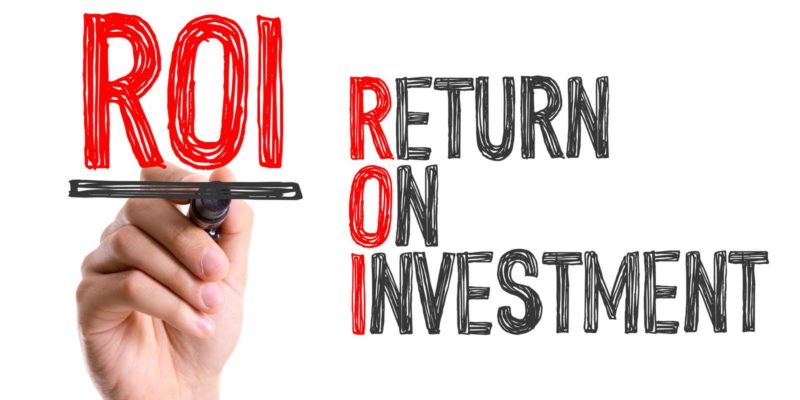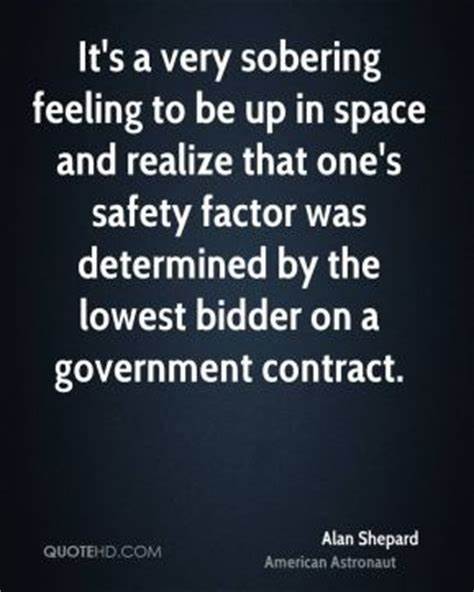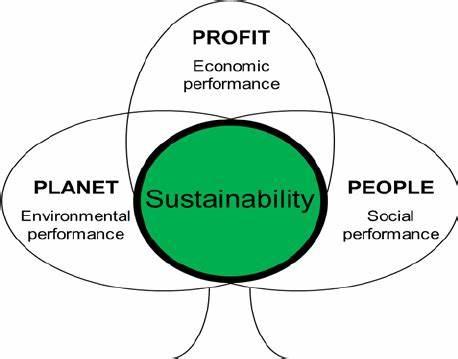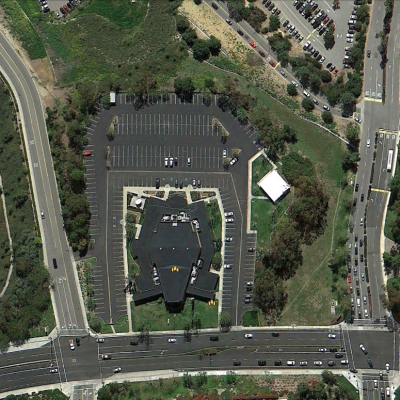
By D. Brent Sauser, AIA
June 30, 2021
I am not a big fan of ROI. ROI means, “Return on investment”. No . . . I am not a left-wing progressive socialist. I am a flag-waving advocate of the free market, capitalist system. My objections to ROI are focused more on the principles of stewardship and accountability as they specifically relate to how we choose to build buildings. In that context ROI (at least to me) means, “Restricts Our Independence” in the pursuit of Net Zero building solutions. In this wonderful, free society that we live in, we are (basically) free to build as we choose, as long as it complies with the various zoning, building, and fire codes, etc. Observe any suburb of any city and ask yourself what the basic driving motivation was for almost every subdivision or development. For decades the answer to that question was the almighty dollar, the bottom line! With the dollar as the driving force, construction first costs became the most important thing. Return on investment had to be as immediate as possible. That decision has come with unfortunate consequences to society and the  environment. Granted, the buildings were probably built for the lowest cost by the lowest bidder, but at what price? When you add up the countless buildings constructed over the past 60 years, with the dollar as the prominent bottom line driving force, we don’t have to look any further than our electric, gas, and water bills to assess the fallout, and it doesn’t appear that the costs will be going down any time soon for any public utility.
environment. Granted, the buildings were probably built for the lowest cost by the lowest bidder, but at what price? When you add up the countless buildings constructed over the past 60 years, with the dollar as the prominent bottom line driving force, we don’t have to look any further than our electric, gas, and water bills to assess the fallout, and it doesn’t appear that the costs will be going down any time soon for any public utility.
Fortunately, early in the 1990’s a few forward thinking organizations started taking root that emphasized a more sensitive approach to building. These organizations struggled at the beginning to establish some credibility and traction in the building market place. They proposed a new approach that used for its baseline . . not the singular bottom line . . but the Triple Bottom Line. The Triple Bottom Line maintains the dollar (or profit) as a factor, but includes two other equally important drivers . . . Environmental and Social. Each element must work in balance to assure that the final product is, 1) Sensitive to the environment, 2) Is constructed in a way to enhance and improve public health and safety, and 3) Assure the potential for profit. When these factors function in balance the outcome is a building that does NOT Restrict Our Independence but Rewards Our Independence with a
used for its baseline . . not the singular bottom line . . but the Triple Bottom Line. The Triple Bottom Line maintains the dollar (or profit) as a factor, but includes two other equally important drivers . . . Environmental and Social. Each element must work in balance to assure that the final product is, 1) Sensitive to the environment, 2) Is constructed in a way to enhance and improve public health and safety, and 3) Assure the potential for profit. When these factors function in balance the outcome is a building that does NOT Restrict Our Independence but Rewards Our Independence with a  building that is not only in harmony with the environment and society, but costs less to maintain and support, perhaps even to the point where it is a Net Zero cost for all energy needs. As for the ROI, it may cost more to build, but technology is rapidly advancing to the point where (if done correctly) the time on the return on investment has gone from the double digits to the single digits. It is not only viable, but practical, and benefits everyone. The technology is here and now to achieve a Net Zero building, where the ROI can be contained in a manageable period of time.
building that is not only in harmony with the environment and society, but costs less to maintain and support, perhaps even to the point where it is a Net Zero cost for all energy needs. As for the ROI, it may cost more to build, but technology is rapidly advancing to the point where (if done correctly) the time on the return on investment has gone from the double digits to the single digits. It is not only viable, but practical, and benefits everyone. The technology is here and now to achieve a Net Zero building, where the ROI can be contained in a manageable period of time.
![]()










Very nice write-up. I definitely appreciate this site. Thanks!
The post is share-worthy. We liked it and will definitely {share|bookmark) it. Thanks for posting such an informative post.